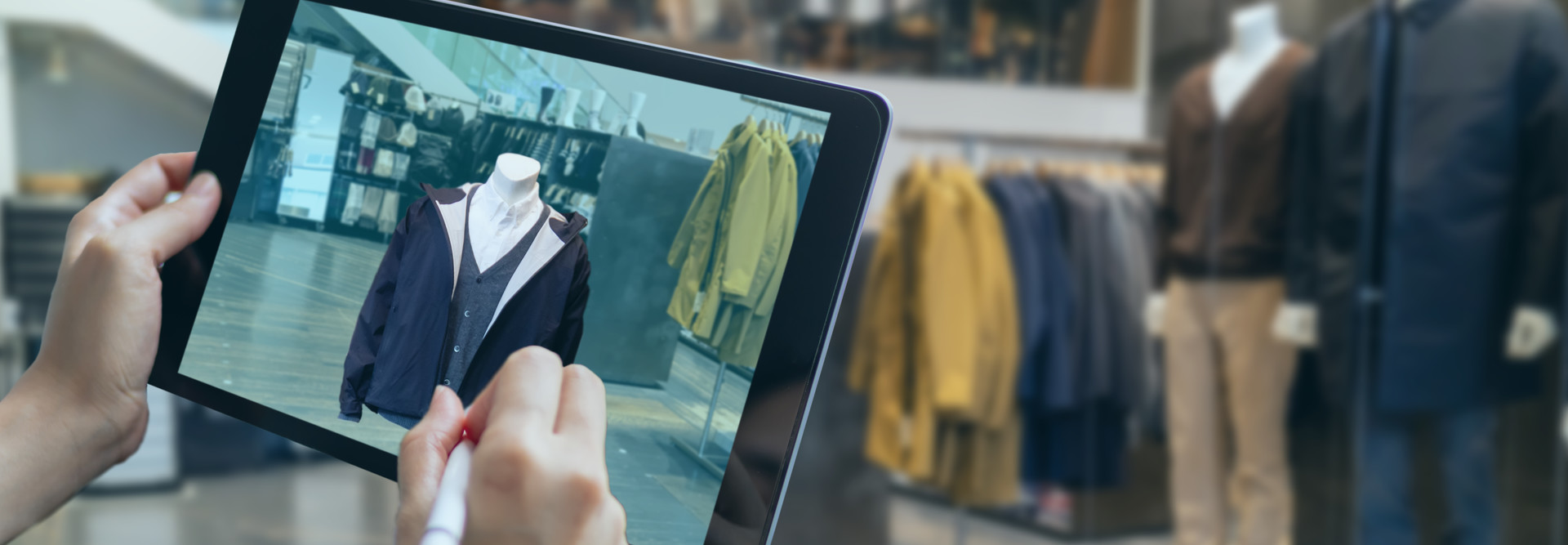Retail’s short-term course is also predictable, she said. The easiest forecast to make is that physical retail will continue to decline in favor of online shopping. Citing KPMG data, Ancketill said that half of retail sales in the U.K. will be online by 2025 and that by 2023, “we will have lost 25 percent of physical retail.”
“I think we have to start to accept that physical retail will become the support system for e-commerce,” she said. “That’s not to say it will disappear — it absolutely won’t, and I’m a huge fan of flagship retail for the kind of deep experiences that only it can provide. The tougher question is what happens to the rest of retail — the mass retail that’s rolled out across countries. I think it’s about integrating commerce and improving fulfillment.”
Online Retailers Look to Create Physical Experiences
The counter-trend to retail’s big flip from a primarily in-person industry offering tactile experiences to an online business is that the online pure players are now seeking physical spaces “to bridge experience gaps,” Ancketill said.
Last year, the cosmetics brand Avon, known best for its strategy of selling products through independent representatives in communities around the world, opened a two-story, 19,000-square-foot “beauty playground” in Los Angeles called Studio 1886, a reference to the year the company was founded.
“Why do they feel they need a physical store? One reason is they want it as a community space for their reps and customers,” Ancketill said. Of course, Studio 1886’s website offers visitors a virtual tour of the facility.
Other examples include online brands opening small, sometimes unstaffed locations in shopping malls, where the idea is to show off products — occasionally in store windows or displays — that consumers would purchase online.
At the same time, brick-and-mortar retailers are seeking to leverage the internet to extend the in-store experience, sometimes through livestreaming, in which shoppers can receive one-on-one attention from retail personnel.
In 2019, Amazon launched Explore to support small retailers and other businesses interested in providing customers with livestreamed experiences. “They might be a personal shopper, a tour guide or an expert in some particular skill,” Ancketill said. For example, for $10, footwear fans can get access to a personal shopper with Thursday Boot, whose only physical location is in New York City.
“The question is, which of these innovations that were fast to market during the pandemic will remain with us long-term,” Ancketill said. “Anything that’s responding to the ‘three P’s’ — people, planet and profit — if it’s ticking all three of those boxes, it’s likely to have longevity.”
People-driven innovations improve order fulfillment and bring convenience or conversation to consumers. With more shoppers making sustainability a factor in their purchasing decisions, brands that credibly deliver planet-driven innovations will benefit. And, of course, they’ll have to maintain their profits while right-sizing their real estate footprints, she said.
MORE FROM BIZTECH: Find out the four tech trends to watch for in retail in 2021.
How 5G Within Smart Cities Will Affect Retailers
Consumers are changing, and retailers must change too. They’ll have to think more creatively about how to deliver what modern customers want — and that will often require top-to-bottom reinventions. The auto sales business is undergoing just such a renewal, Ancketill said, with shoppers increasingly blanching at the traditional sales model of presenting themselves at a dealership to receive a hard sell.
In fact, younger consumers in urban settings are seeking not so much cars but “mobility solutions.” Taking note of this change in consumer sentiment, Volvo-owned Lynk, with locations in the Netherlands and Sweden, offers customers both car sales and memberships that entitle them to access vehicles for a monthly fee. It has no dealerships, just cozy studios that look like coffee shops, or customers can just buy online.
“It’s a total reinvention, and it’s the kind of thing we need to see in a lot of sectors,” Ancketill said.
One factor likely to bring a wave of reinvention to retail is 5G in smart cities.
“Once we get the smart city, we get the smart home, and once we get the smart home, we have a new battleground for retail, because the home will be where we do much of our purchasing,” she said. “5G will allow a billion connected devices per kilometer of space. All those connected devices will lead to a massive explosion of auto-replenishment that will follow. That’s a huge challenge, and opportunity, for both brands and retailers.”
Some of the most advanced smart cities are likely to be those built as such from the ground up, she said, especially in Asia. The Chinese city of Xiong’an, for example, will have homes with drone-friendly terraces for easy package delivery and 3D printers available for public use.
In the meantime, however, today’s retailers in old-line towns will need to rethink their store usage, with a reduced real estate footprint in mind. That means making more use of endless aisle technology that allows shoppers to peruse and order products that aren’t in the store; integrating payment with social media apps and fintechs; replacing in-store inventory with services; and, of course, offering home delivery and easy curbside pickup everywhere, for the long term.
Keep this page bookmarked for articles and videos from the event. Follow us on Twitter at @BizTechMagazine, or the official conference Twitter account, @NRFBigShow, and join the conversation using the hashtag #NRF2021.











